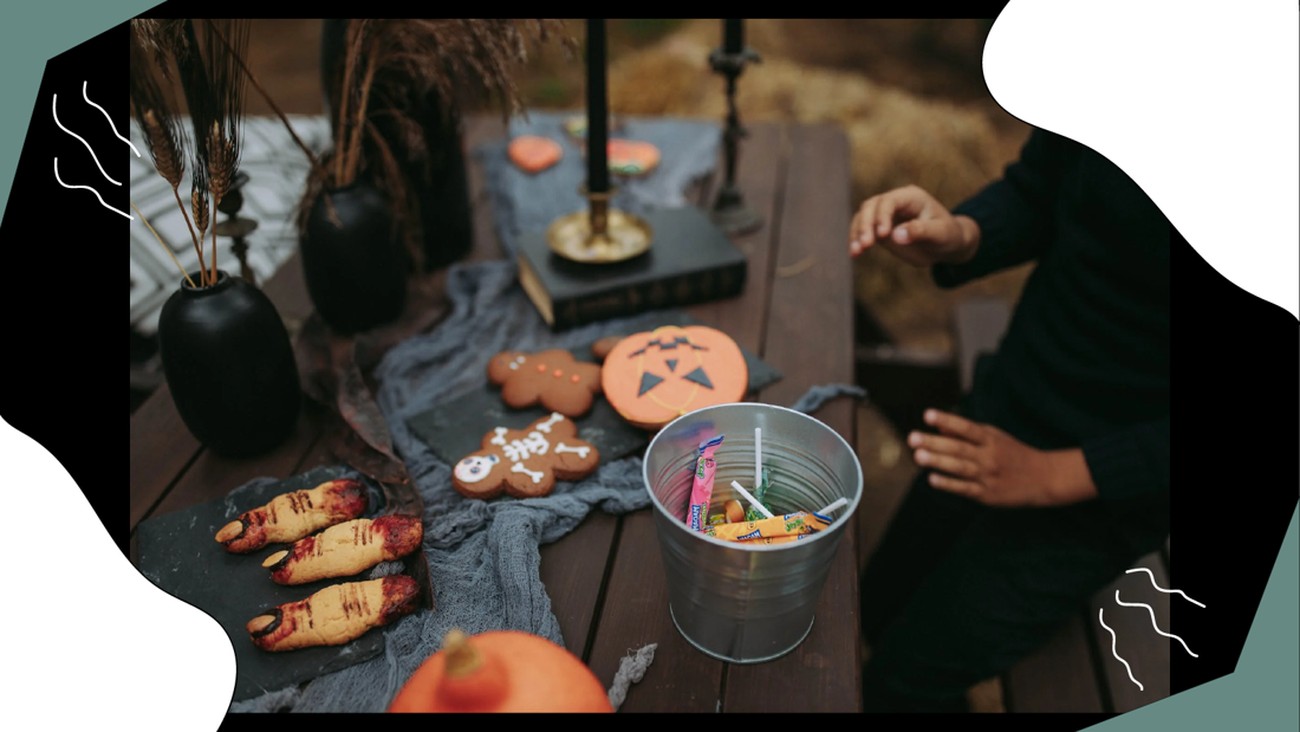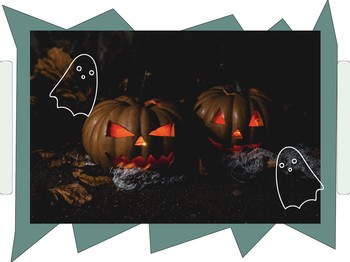Besides dressing up as your favorite character, Halloween is known for trick or treating. Trick or treating has always been a culture that society participates in on the evening of October 31st. This tradition is usually done by children who dress up especially for Halloween while visiting their neighbors to ask for a handful of candies. Homeowners signal that they are handing treats to those who are trick or treating by putting up Halloween decorations or leaving their porch light on. Those who are trick or treating would ring the doorbell and say in unison, "trick or treat!" The "trick" part of trick or treat itself refers to performing mischief on the homeowner if no treat is given.
Trick or treat has been going on since the Celtic era, on early Roman Catholic holidays, medieval practices, and even British Politics. Even though the origin remains somber, it can be traced back to the mentioned era. According to History, the culture of trick or treat has been done since the pre-Christian Celtic festival of Samhain. The Celts believed that on the night of October 31st, the dead returned to earth on Samhain, so people gathered to light bonfires while offering sacrifices to pay homage to the dead.
During this ceremony on Samhain, the Celts dressed themselves in costumes made of animal skin as a disguise to drive away bad spirits or phantom visitors with tables prepared and food left out to placate unwelcome spirits. This ceremony is passed down from generation to generation, then in later centuries people began to continue and alter this tradition to be more modern by dressing as ghosts, demons and other wicked creatures in exchange for food and drink.
In the middle ages, people from the lower classes would visit wealthy houses to receive pastries called soul cakes in exchange for a promise to pray for the souls of the homeowners' dead relatives. This tradition is known as "souling", which was later continued by children who would go from door to door asking for gifts.
The tradition of going door to door on this special day has been going on until this era in more enticing ways by leaving all the superstitions and spiritual beliefs. Meanwhile, the culture of trick or treating always helps the country's economy-specifically in the US-by the sale of candies. According to the National Retail Federation, Americans spend an estimated $3.1 billion on candy on Halloween.
(DIP/alm)


